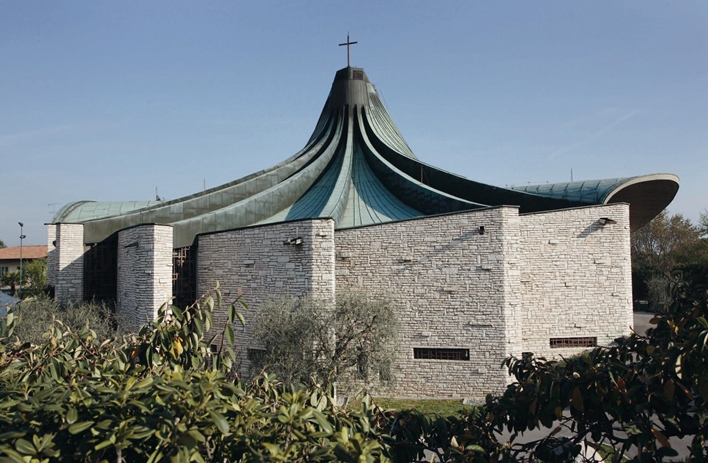Lugana and Colombare
Sirmione is not only the ancient borough. The area outside the deck is rich in history, too.To the south of the peninsula, in a densely urbanized area today, the ancient forest Lugana Ligana or Lucan or Litana, stretched. Due to its strategic location, it was the scene of many feats of arms, including the clash between Constantine and Maxentius in 312 A.D.. In 452 A.D. Pope Leo the Great convinced Attila, leader of the Huns, to return to the north perhaps right here in the wilderness, in an unknown place. The toponyms in this area such as St. Benedict, St. Martin and St. Vigilius, recall the work of land reclamation that was held here by the monks. In the early sixteenth century the forest had almost disappeared, since it was colonized and exploited as agricultural land. The clay soils of the cultivated areas still produce the famous wine Lugana.
Now, in the territory that was part of the forest Lugana, there are two densely inhabited centers that constitute two fractions of Sirmione: Lugana and Colombare.



